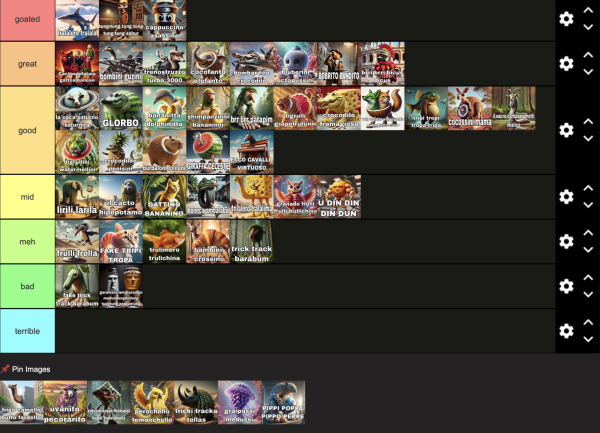AP vs IB: How To Choose
Many high school institutions across the United States offer advanced classes that students can take to challenge themselves and bulk-up their college resumes. Two of the most common programs that offer these higher level classes in American high schools are the Advanced Placement (AP) program and the International Baccalaureate (IB) program. While these programs are similar, they each have certain advantages over each other and offer some different learning styles for the students that participate in them. The question of which of these two programs is a better option is one that many students have to answer in deciding which path to pursue in their high school career.
Both the AP and IB curriculums challenge students academically; students will have access to college level courses in both sets of classes. The IB program was created in 1968 and was launched in the United States in 1971. Unlike AP classes, which students can take in all four years of high school, IB classes are only available to students in 11th and 12th grade.
In order to earn the IB diploma, students must take classes in six core subjects: language and literature, language acquisition, individuals and societies, sciences, mathematics, and the arts, as well as a required theory of knowledge and a service class. Additionally, all students must complete an extended essay, a four thousand word paper on a topic of interest, as well as finish a community service project.
The IB curriculum offers both higher level and standard level classes within their program that give students both an opportunity to further challenge themselves and a way to balance their schedules. To gain the diploma, students must participate in at least three higher level classes before they graduate.
The IB curriculum is an internationally accepted program. Currently 1,662 colleges and universities in the US recognize IB in their admissions process. Furthermore, some schools give acknowledgement to higher-scoring IB students, whether through credit or class acceleration once they reach the college.
According to the IB website, students who participate in their program are “encouraged to think more critically and solve complex problems.”
IB also believes that its students are better suited to “engage with people in an increasingly globalized, rapidly changing world.”
On the other hand, AP classes are another popular option for students seeking to challenge themselves in their high schools. The AP, or Advanced Placement, program was established in the United States in 1950. The AP program is currently administered by the College Board, a nonprofit organization that also oversees standardized tests like the SAT. According to College Board, their two main goals are to “give students more challenging, college-level coursework”, as well as to “help eager students earn college credit or skip the intro classes to jump straight into deeper waters once they matriculate.”
Unlike IB, AP does not have a set, cohesive curriculum. There are 38 AP classes for students to choose from, which all stem from seven subject areas: AP Capstone, Arts, English, History and Social Sciences, Math and Computer Science, Sciences, and World Languages and Cultures.
Overall, AP classes are more available to American students, offered in 22,169 high schools, compared to IB, offered in only 945 schools. Some AP classes are offered online through programs that allow students to independently study and prepare for AP exams.
In terms of college recognition, AP courses are a great option for motivated students to display themselves. AP classes are accepted by nearly all colleges and universities in the United States and Canada. According to Shemmassian, an academic consulting business, AP classes are a way that high schoolers can “demonstrate drive to top-tier schools, or as a way for them to earn course credit, graduate early, and avoid debt at a mid-tier or public school.”
AP Central claims that their program helps “students learn essential time management and study skills needed for college and career success”, and that students who take part in their classes “send a signal to colleges that they are serious about their education and that they’re willing to challenge themselves with rigorous coursework.”
With these facts, the question now becomes which program is a better choice? There is no perfect answer to this dilemma. The choice is a matter of personal fit and preference. There are a few major, summarizing pros and cons that a student should consider when making this choice.
Shemmassian claims that “AP is a less expensive, more convenient, and more widespread option”, whereas “IB might be a more realistic preparation for liberal arts colleges, and ensures a well-rounded education.”
With these considerations in mind, high school students looking for a rigorous education and to stand out for colleges should be able to make a more informed decision on what program they are best suited for.






